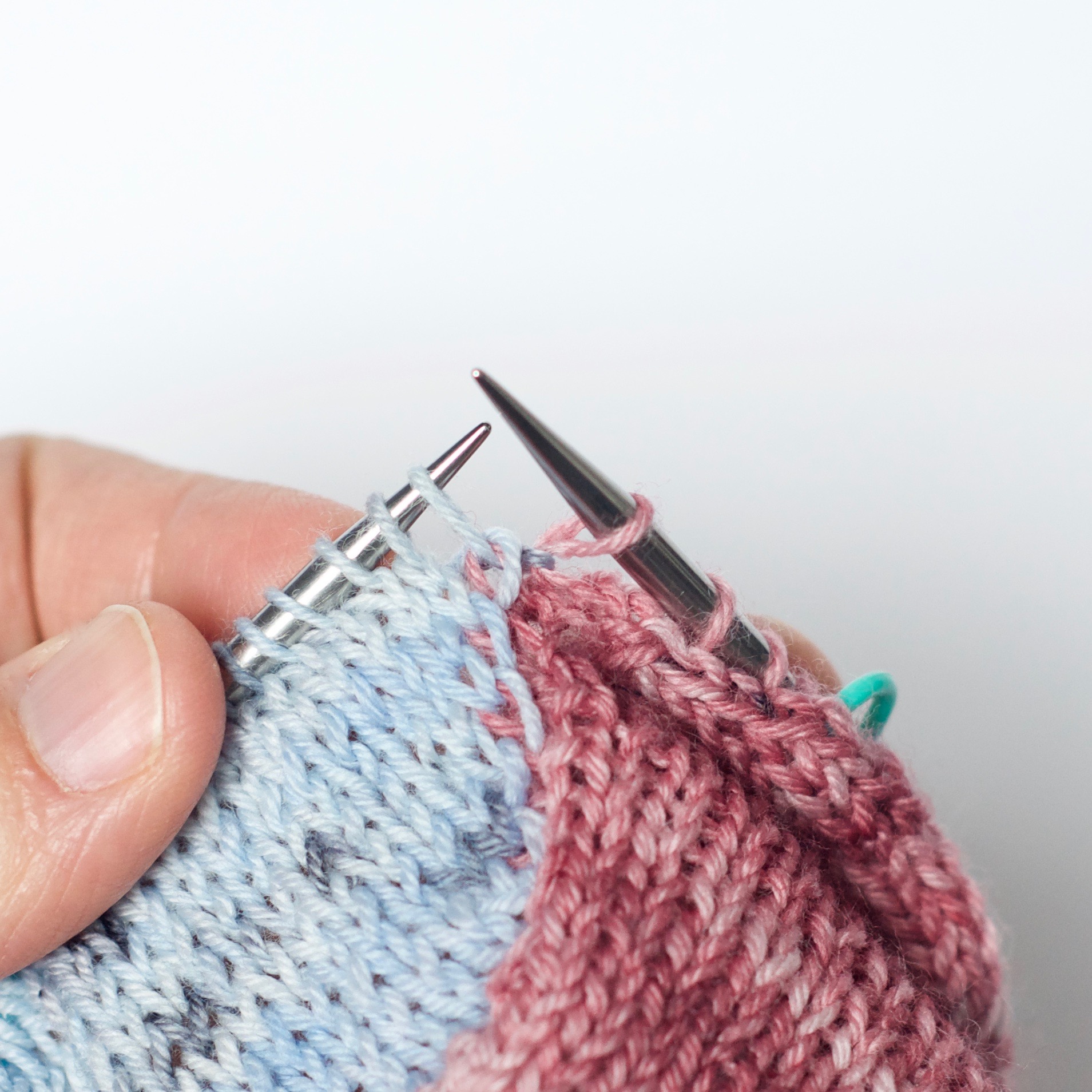GERMAN SHORT ROWS
German Short rows are an excellent method for shaping shoulders, necklines, earflaps, and on and on. This method is simple and easier to work than the Wrap & Turn method of short row shaping. If you have had trouble with short row shaping in the past, give German Short Rows a try. I think you will be pleasantly surprised!
CREATING A DOUBLE STITCH
WORK THE NUMBER OF STITCHES CALLED FOR ACCORDING YOUR YOUR PATTERN. TURN YOUR WORK.













































































